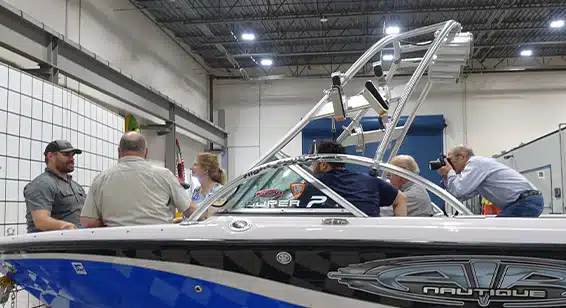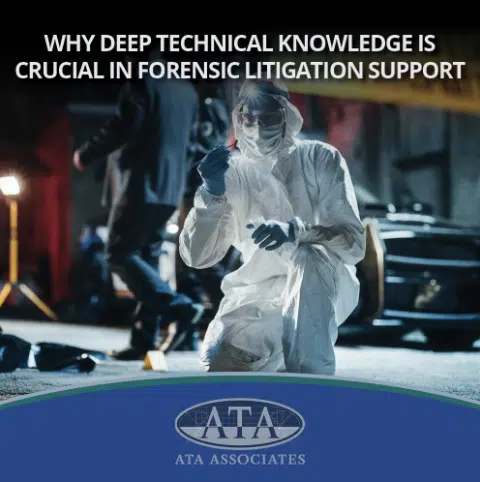The typical recreational boater is more likely to have a collision with another vessel or a fixed object than any other type of boating accident. Collisions are the third most frequent cause of fatalities.
In order to avoid a collision, you have to be able to see out of your boat well enough to be able to make certain judgements about surrounding objects and actions to be taken.
An automobile has a control station designed to provide optimum visibility in all types of driving conditions. Reclining bucket seats, rearview mirrors, windshield wipers and washers, defrosters, etc. are all intended to give the driver maximum visibility. The typical boat, however, has a helm seat which is not similarly adjustable, and the operator lacks any additional accessories specifically designed to improve visibility, beyond the possible addition of a windshield wiper.
The boat operator must make decisions and judgements concerning a boat’s operation (speed, course, distance, plan of action, etc.) in relation to wind, water and weather conditions. The boat operator must also detect and avoid other boats approaching at varying speeds from all points of the compass. The boat operator must keep a constant lookout to avoid water skiers, swimmers, and other objects above and beneath the surface of the water. In addition, the boat operator is also exposed to various environmental stressors, like glare, heat, fatigue, and vibration which are largely absent from the environment in which the driver of an automobile is exposed. A boat operator’s task in avoiding a collision is clearly more difficult than that of the automobile driver.
The visibility problems in boats which might instigate, or compound unsafe operating conditions can be categorized into the following areas:
- The visual task in boat piloting
- Impaired visibility over the bow
- Windshield restrictions on good visibility
- Limited visibility conditions at night
- Adverse environment effects on visibility
Conditions of visibility at night are all dependent on the ability of the operator to become and remain visually dark adapted. Once the operator has gone through dark adaptation, a process taking 10 to 40 minutes, he has achieved his maximum dark vision. The problem, however, is that his dark adaptation can be destroyed in a matter of seconds by any bright lights which might enter or originate in his visual field. The light from stem navigation light, or even the instrument lights and their reflection on the windshield can destroy the operator’s visual adaptation and as a result, his dark vision. The importance and complexity of the visibility problem can be seen in the fact that federal visibility standards have been proposed for both the aircraft and automobile industries.


The U.S. pleasure boat industry utilizes the American Boat and Yacht Council H-1 Field of Vision From the Helm Position standard to define boat visibility requirements. Horizontal and vertical range of visibility are defined. Movable items such as persons, gear, and convertible tops are considered under the control of the boat operator and therefore are not obstructions to visibility for the purpose of this standard.
Boat occupants sitting or located in the bow riding area of a boat can create a further vision blockage for the boat operator. Recently, boat manufacturers such as Malibu and Chaparral have placed occupant seating restrictions on bow seat riding during boat operations.
The reconstruction of a boat accident can be more complex than the reconstruction of automobile or trucking events. ATA has been involved with boating accidents for over fifty years.
This article is part of the The Expert Newsletter.: June 2024 Edition.




